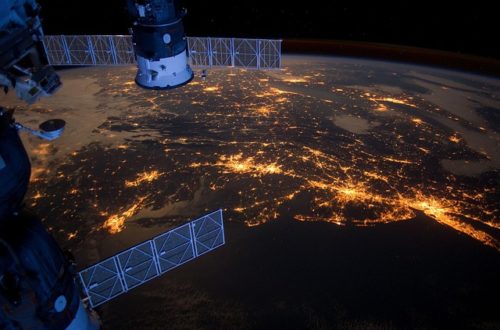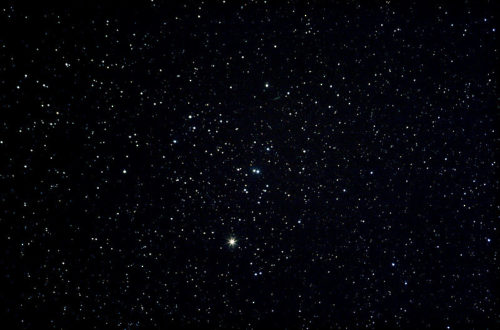Stargazing Calendar for December 2023
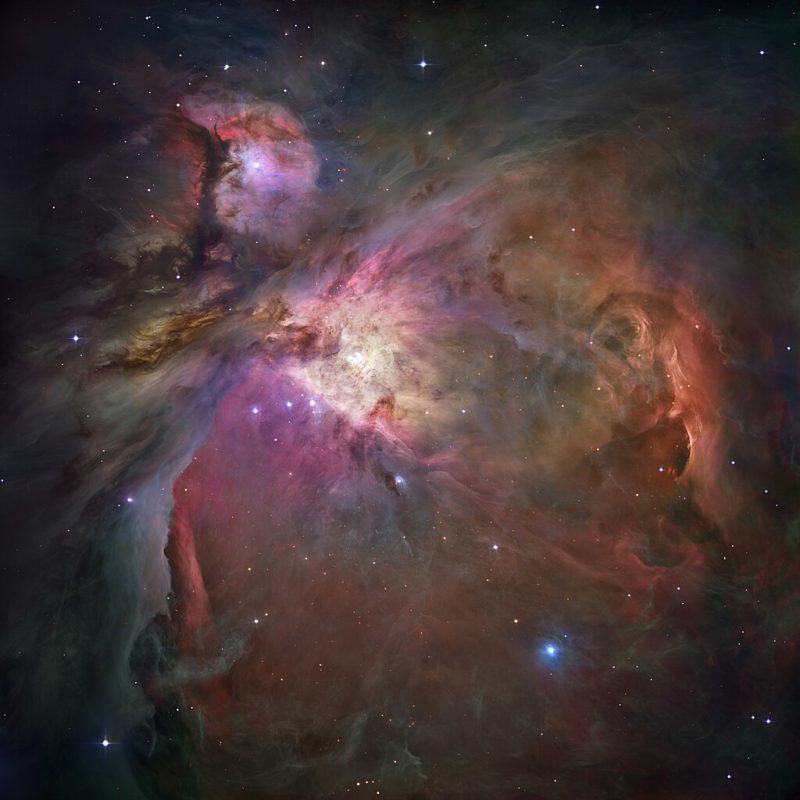
Looking for the December 2024 stargazing calendar?
Embark on a cosmic journey through the celestial marvels awaiting us in December 2023. Brace yourself for a breathtaking display of meteor showers, planetary alignments, and astronomical spectacles that will adorn the night sky.
Join us as we explore the wonders of this month’s stargazing calendar, inviting awe and wonder at the splendor of the universe above.
Would you like to be notified of stargazing events?
Summary of Meteor Showers in December 2023
- Northern Taurids: Start on October 20; peak on November 12; end on December 10.
- November Orionids: Start on November 13; peak on November 28; end on December 6.
- Phoenicids: Start on November 28; peak on December 2; end on December 9.
- December φ-Cassiopeids: Start on December 1; peak on December 6; end on December 8.
- Puppid-Velids: Start on December 1; peak on December 7; end on December 15.
- Monocerotids: Start on December 5; peak on December 8; end on December 20.
- σ-Hydrids: Start on December 3; peak on December 11; end on December 15.
- Geminids: Start on December 4; peak on December 14; end on December 17.
- Comae Berenicids: Start on December 12; peak on December 15; end on December 23.
- December Leonis Minorids: Start on December 5; peak on December 20; end on February 4.
- Ursids: Start on December 17; peak on December 22; end on December 26.
- Quadrantids: Start on December 26; peak on January 4; end on January 12.
- Antihelion Source: Start on December 10; multiple peaks; end September 10.
Summary of Conjunctions in December 2023
- Conjunction of the Moon and Venus in Virgo on December 9.
- Conjunction of the Moon and Mercury in Sagittarius on December 14.
- Conjunction of the Moon and Saturn in Aquarius on December 17.
- Conjunction of the Moon and Jupiter in Aries on December 22.
December 2: Phoenicid meteor shower peak
The Phoenicids are a minor variable rate meteor shower. The peak will happen on December 2, but some meteors should also be visible between November 28 and December 9. They will radiate from the constellation of Phoenix at the low average speed of 18 km/s. The Moon will be 19 days old waning gibbous at 66%.
These meteors originate from a stream of material from the disintegrating comet 289P/Blanpain (D/1819 W1).
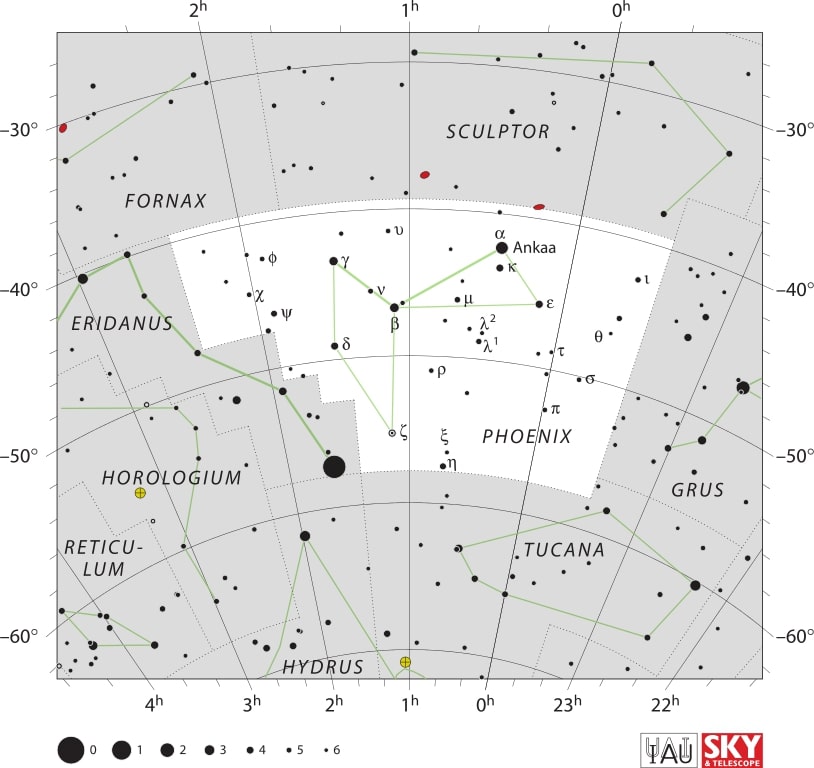
December 4: Mercury at greatest eastern elongation
This will be a good time to observe Mercury shortly after sunset as it will reach its greatest separation from the Sun. Look in the constellation of Sagittarius.
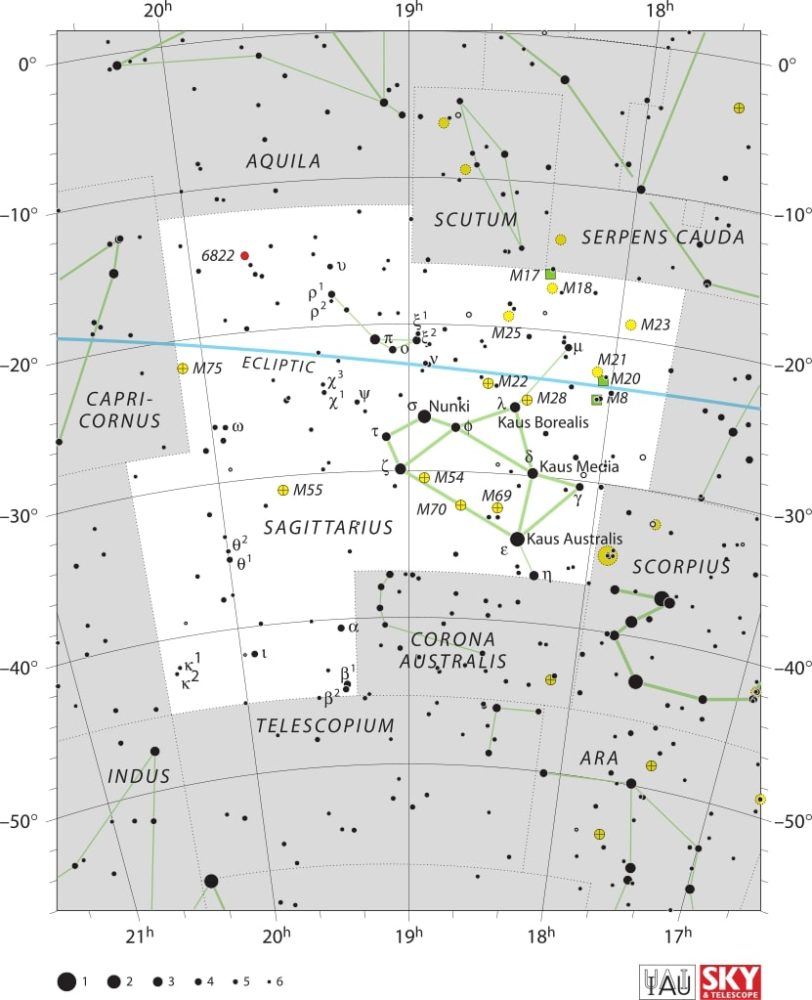
December 6: December φ-Cassiopeid meteor shower peak
The December Phi Cassiopeiids are a recently discovered variable rate meteor shower. It will peak on December 6, but some meteors should also be visible between December 1st and December 8. They will radiate from the constellation of Cassiopeia at a very slow average speed of 16 km/s. They originate from an unknown Jupiter family comet.
The Moon won’t be interfering with the show too much as it will be a 23 days old waning crescent at 29%.
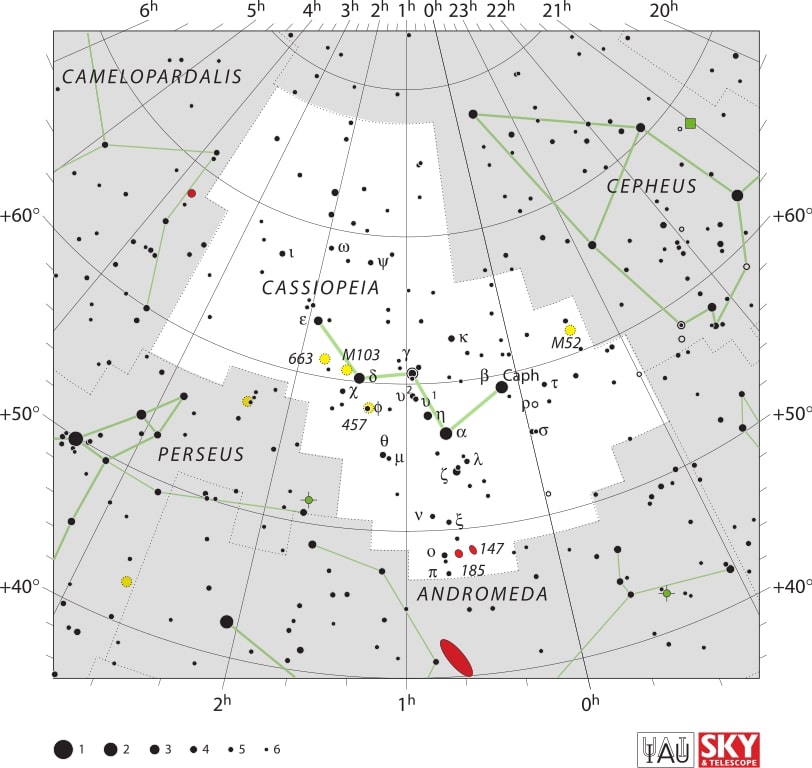
December 7: Puppid-Velid meteor shower peak
The Puppid-Velids will peak with an zenithal hourly rate (ZHR) of 10 meteors per hour if conditions are ideal. The Moon won’t interfere too much with observation as it will be a 24 days old waning crescent at 21%.
Some meteors will be also be visible between December 1st and December 15. They will radiate from the constellation of Vela at an average speed of 40 km/s.
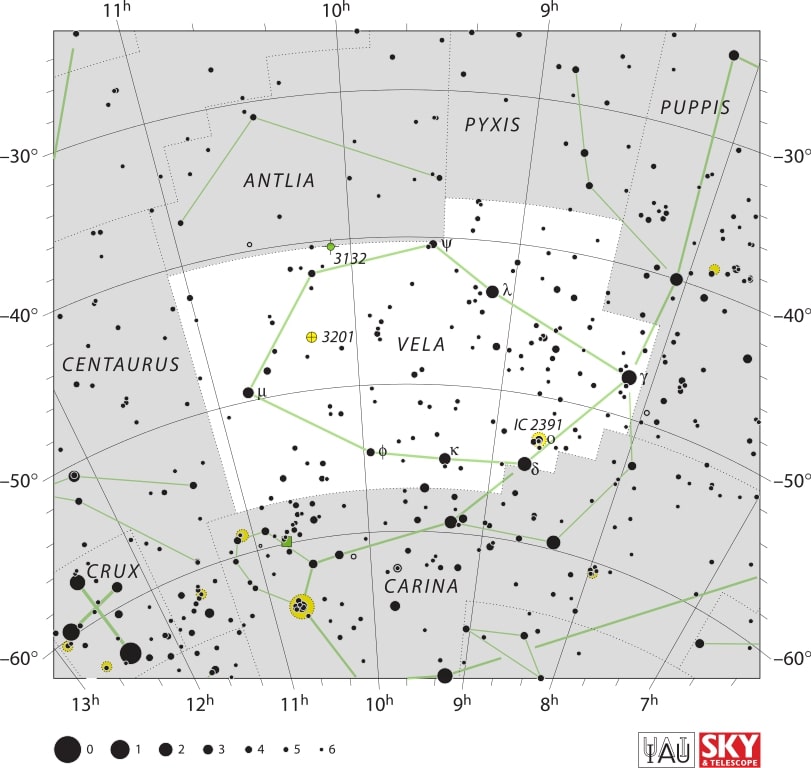
December 8: Monocerotid meteor shower peak
The Monocerotids are a small meteor shower that will peak with an hourly average of 2 meteors if viewing conditions are perfect. Those conditions should be quite good since the Moon will be a 26 days old waning crescent at only 7%.
Some meteors may also be spotted between December 5 and December 20. They will radiate from the constellation of Monoceros at the speed of 41 km/s on average.
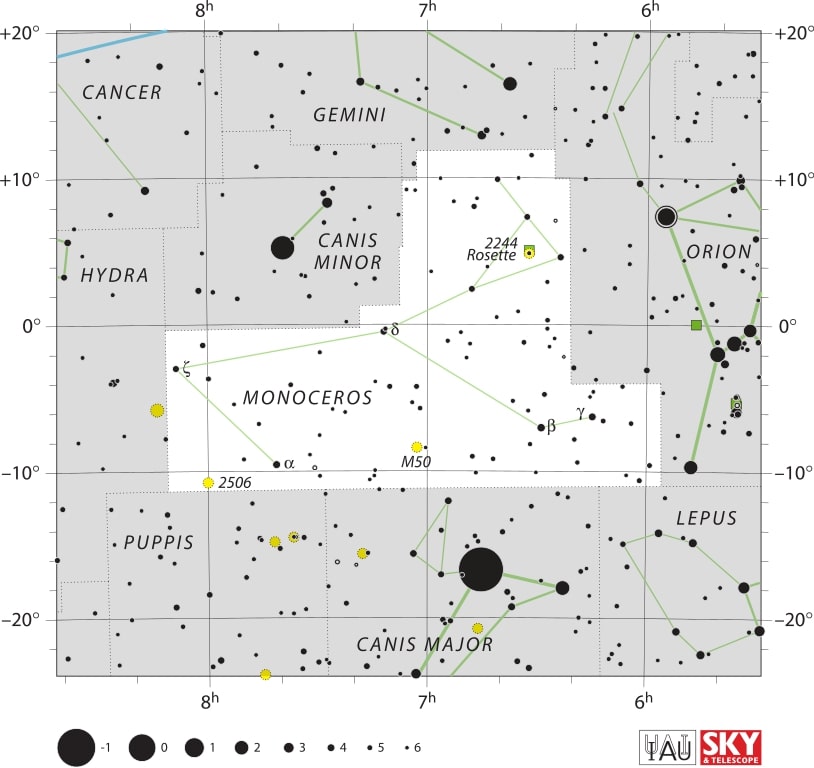
December 9: Conjunction of the Moon and Venus
The Moon and Venus will reach conjunction passing 3°38′ withing each other while sharing the same right ascension.
Shortly before the conjunction, they will get even closer to each other at only 3°18′ of each other but not sharing the same right ascension. This is known as an appulse.
Both will be visible in the constellation of Virgo, with the Moon at apparent magnitude -10.3, and Venus at -4.1. The Moon will be a 26 days old waning crescent at 8%.
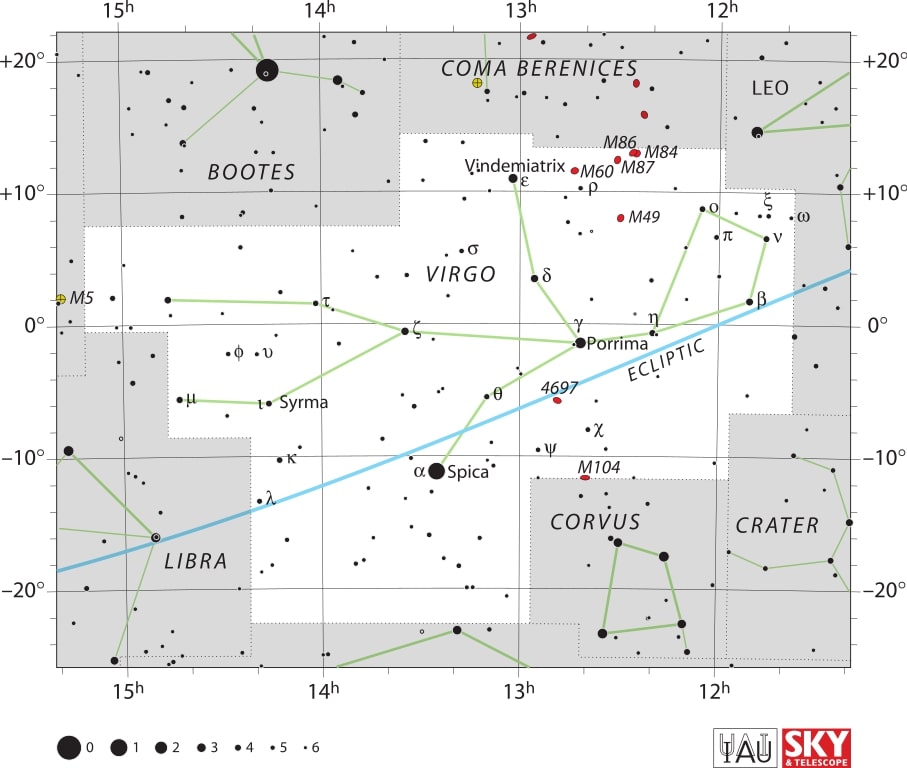
December 11: σ-Hydrid meteor shower peak
The Sigma Hydrids are a faint meteor shower with only 3 meteors per hour on average during the peak, assuming optimal viewing conditions. Given that the Moon is only a day away from a new moon, those conditions will be very likely ideal.
Some meteors may also be seen between December 3 and December 15. They will radiate from the constellation of Hydra at an average speed of 58 km/s.

December 12: Large Magellanic Cloud at its highest point in the sky
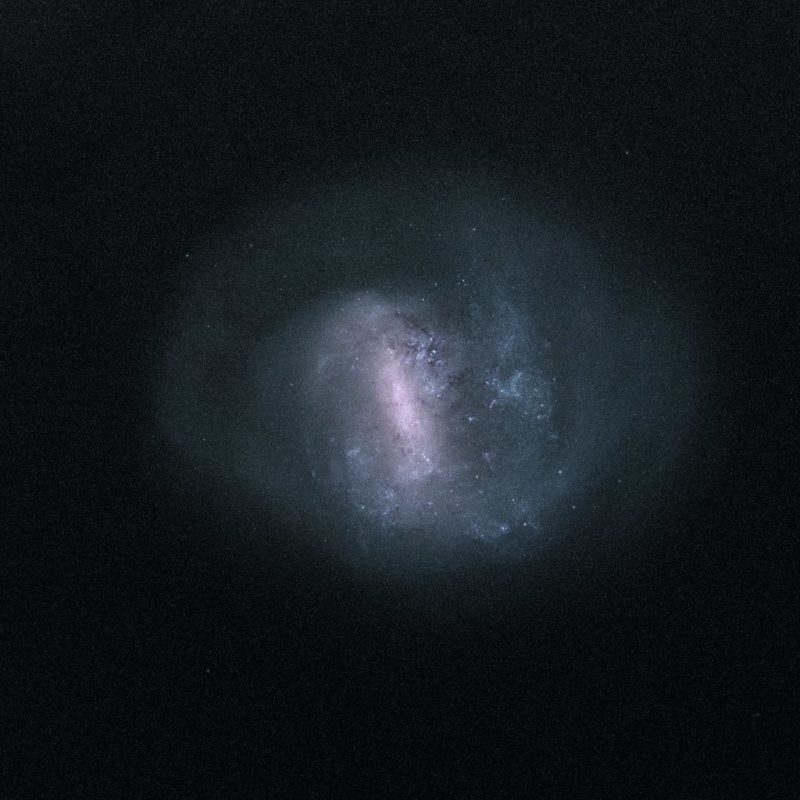
The Large Magellanic Cloud (LMC) is a satellite galaxy of the Milky Way and the fourth-largest galaxy in the Local Group. The galaxy will reach its highest point in the sky at around midnight local time.
With an apparent magnitude of 0.9, the LMC can be seen with the naked eye, but for better results I would recommend at least a pair of standard binoculars. Can you image that this small little cloud is home to 20 billion stars? Look in the constellation of Dorado. Luckily, there will be no interference from the Moon because it will be at the new moon phase.
The Large Magellanic Cloud is located 163,000 light-years from us. It has been named after Ferdinand Magellan who observed it during his voyage of circumnavigation of the world in 1519.

December 14: Conjunction of the Moon and Mercury
The Moon and Mercury will pass within 4°21′ of each other while sharing the same right ascension, in what is called a conjunction.
The two celestial bodies will be in the constellation of Sagittarius, with the Moon at apparent magnitude -8.6, and Mercury at 0.5. The Moon will be a 2 days old very thin waxing crescent at 3%. (Constellation map already displayed above, when discussing Mercury at greatest eastern elongation.)
As Mercury is always close to the Sun, be very careful to not point binoculars or a telescope directly at the Sun. This can gravely damage your eyes, even resulting in permanent blindness.
December 14: Geminid meteor shower peak
The Geminids are one of the largest meteor showers of the year with as many as 120 meteors per hour on average if conditions are ideal. Given that the Moon will be 2 days old and thus just 2 days after a new moon (a waxing crescent at 8%), those conditions will be quite close to ideal.
Some meteors can also be seen between December 4 and December 17. They will appear to radiate from the constellation of Gemini at an average speed of 35 km/s.
The Geminids are caused by the asteroid 3200 Phaethon. This asteroid of the Apollo group is an near-Earth object with an orbit that brings it very close to the Sun. This is why it was named after the Greek myth of Phaëthon, son of the sun god Helios.
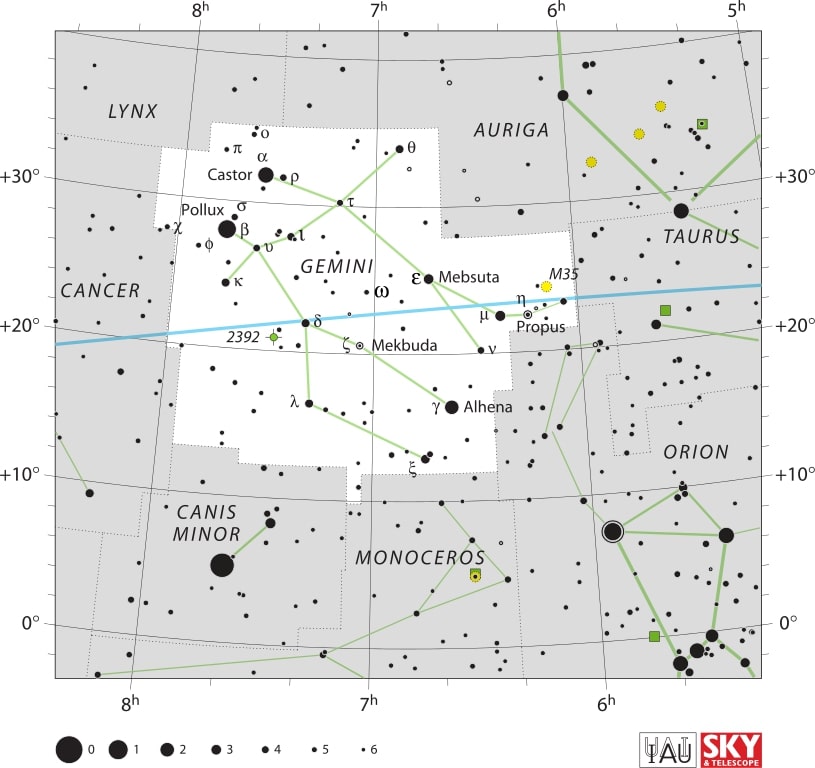
December 15: Orion Nebula at its highest point in the sky
The Orion Nebula (also known as Messier 42, M42, or NGC 1976) is a diffuse nebula located south of Orion’s Belt in the constellation of Orion. It is known as the middle “star” in the “sword” of Orion. The nebula will reach its highest point in the sky at around midnight local time. (See featured image at the top of the article.)
With an apparent magnitude of 4.0, the Orion Nebula is difficult to see with the naked eye unless you’re in a dark area. This is why I would recommend at least a pair of standard binoculars. The Moon won’t be interfering much with observation because it will be a 3 days old waxing crescent at 17%.
The Orion Nebula is the closest region of massive star formation to Earth at about 1344 light-years away. The nebula is enormous at 24 light-years across and has a mass of about 2000 times that of our Sun.
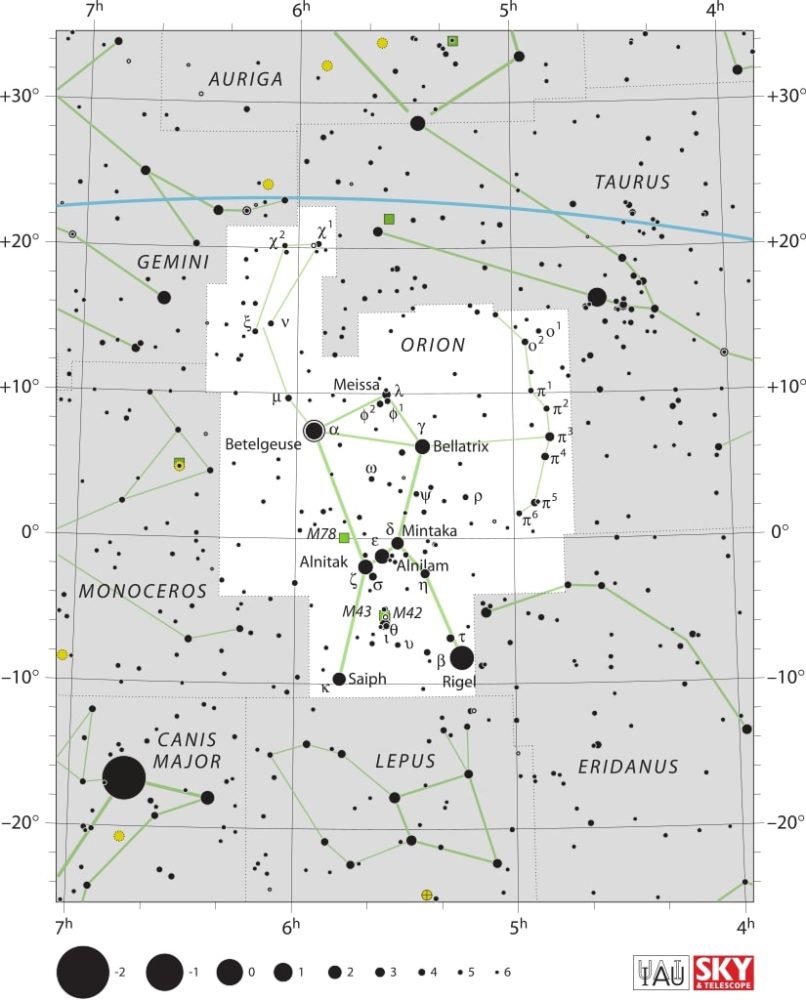
December 15: Comae Berenicid meteor shower peak
The Comae Berenicids are a small meteor shower with a zenithal hourly rate of only 3 meteors during the peak. Fortunately, the Moon won’t interfere too much with observation because it will be a 4 days old waxing crescent at 22%.
Some meteors may also be seen between December 12 and December 23 radiating from the constellation of Coma Berenices at the fast speed of 65 km/s on average.
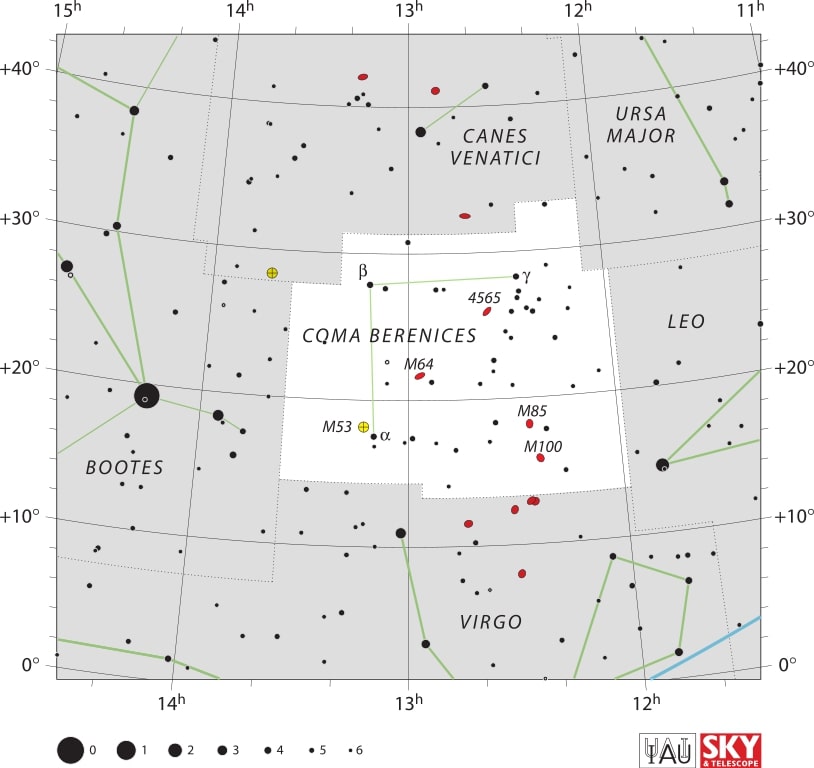
December 17: Conjunction of the Moon and Saturn
The Moon and Saturn will reach conjunction by passing within 2°28′ from each other while sharing the same right ascension.
Shortly after the conjunction, the Moon and Saturn will pass even closer to each other at 2°15′ during the appulse (close approach), but no longer sharing the same right ascension.
The two bodies will meet in the constellation of Aquarius with an apparent magnitude of -11.5 for the Moon and 0.7 for Saturn. The Moon will be a 5 days old waxing crescent at 34%.

December 20: December Leonis Minorid meteor shower peak
The December Leonis Minorids are a small meteor shower with only an average of 5 meteors per hour during the peak if conditions are perfect. The Moon will interfere somewhat as it is 8 days old waxing gibbous at 65%.
Some meteors may also be seen between December 5 and February 4 radiating from the constellation of Leo Minor at the high speed of 64 km/s on average.
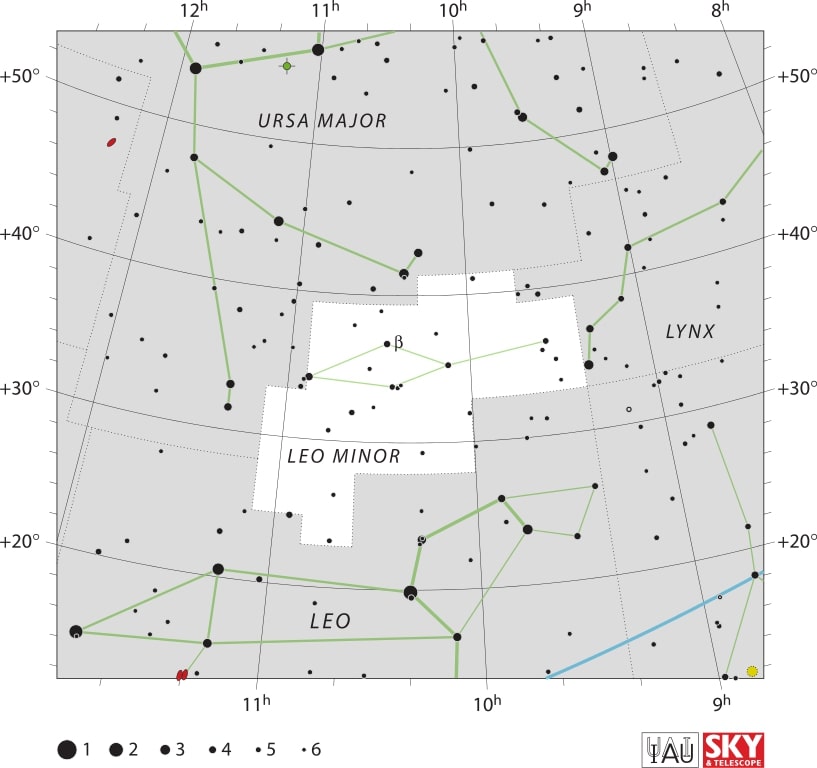
December 21: Asteroid 4 Vesta at opposition
Asteroid 4 Vesta will reach opposition, when it lies opposite to the Sun in the sky. It will reach the highest point in the sky around midnight local time, regardless of where you are in the world.
During the opposition, Vesta will pass within 1.583 AU of Earth and reach a peak brightness of magnitude 6.4. Unfortunately even at the peak of brightness, this asteroid will be too faint to observe with the naked eye. You will need a pair of standard binoculars or a small telescope, which you should point to the constellation of Orion. (Constellation map already shown above when discussing the Orion Nebula.) The Moon will be 9 days old waxing gibbous at 77%.
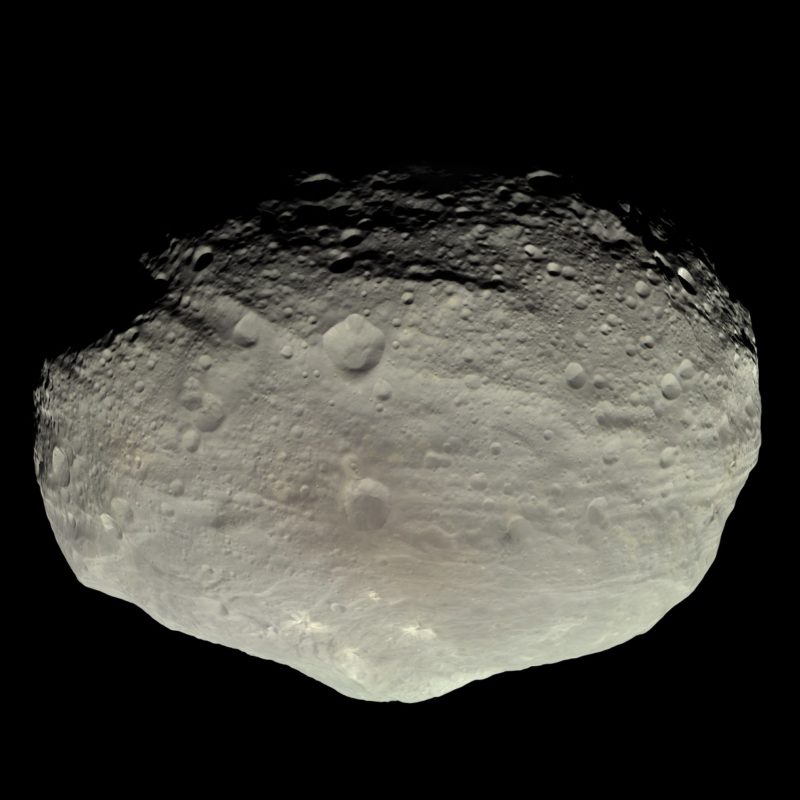
The asteroid was discovered in 1807 by the German astronomer Heinrich Wilhelm Olbers who named it after Vesta, the virgin goddess of home and hearth in Roman mythology.
Vesta is the second-largest asteroid, both by mass and by volume, after the dwarf planet Ceres. It has a mean diameter of about 525 km and orbits the Sun at 2.36 AU (semi-major axis) which takes 3.63 years to complete. (Source: NASA JPL Small-Body Database Lookup for 4 Vesta)
December 21: December Solstice
The December solstice will occur at 03:24 UTC. It will be the shortest day and beginning of winter in the northern hemisphere and the longest day and beginning of summer in the southern hemisphere.
December 22: Conjunction of the Moon and Jupiter
The Moon and Jupiter will be at conjunction by sharing the same right ascension and passing within 2°36′ of each other.
At around the same time the two bodies will also make a close approach (appulse) reaching 2°22′ from each other, but not sharing the same right ascension.
The two celestial bodies will meet in the constellation Aries with the Moon at apparent magnitude of -12.5 and Jupiter at -2.7. The Moon will be 10 days old and waxing gibbous at 83%.
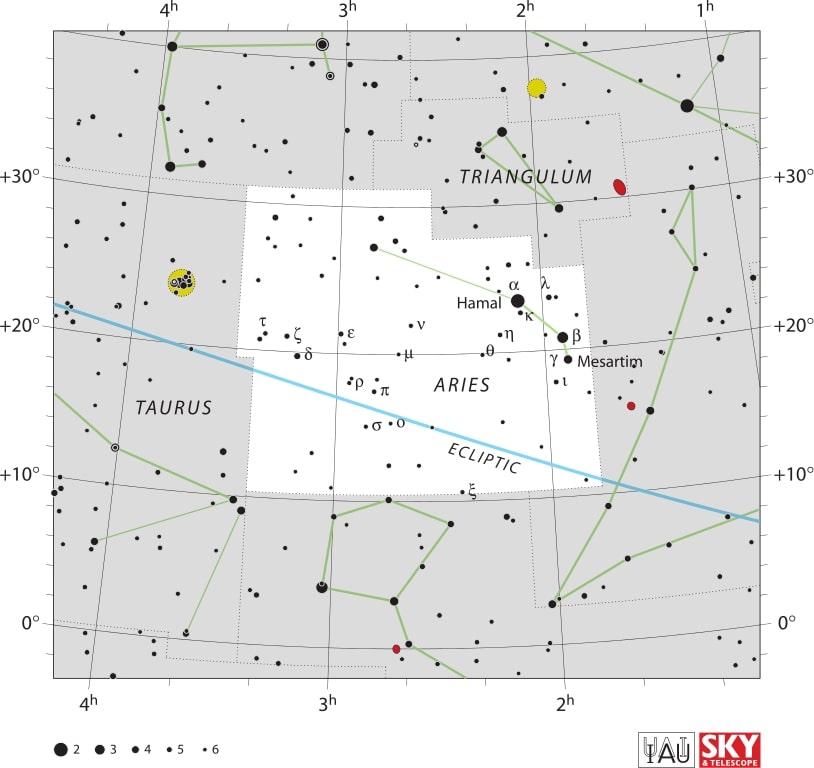
December 22: Asteroid 9 Metis at opposition
Asteroid 9 Metis will reach opposition, when it lies opposite to the Sun in the sky. It will reach the highest point in the sky around midnight local time.
On this occasion, Metis will pass within 1.119 AU of Earth and reach a peak brightness of magnitude 8.4. Unfortunately even at the peak, this asteroid will be too faint to observe with the naked eye. You will need at least a 4 inch telescope, which you should point to the constellation of Gemini. (The constellation map has already been shown above while discussing the Geminid meteor shower.) The Moon will be 10 days old and waxing gibbous at 85%.
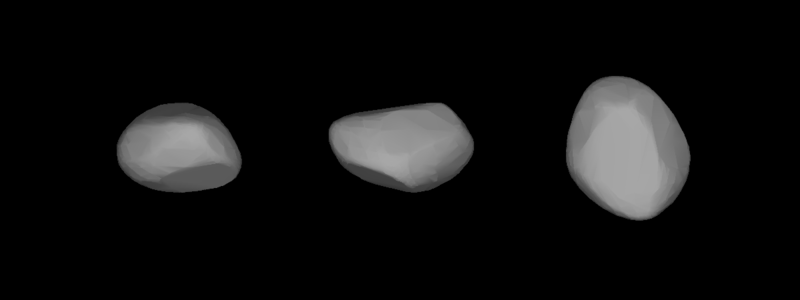
Metis was discovered in 1848 by Irish astronomer Andrew Graham, who named it after Mētis, one of the Oceanids and first wife of Zeus.
It is one of the larger main-belt asteroids at about 190 km in mean diameter. It orbits the Sun at 2.387 AU (semi-major axis) which takes 3.687 years to complete. (Source: NASA JPL Small-Body Database Lookup for 9 Metis)
December 22: Ursid meteor shower peak
The Ursids will peak with a zenithal hourly rate of 10 meteors if conditions are optimal. Unfortunately that won’t quite be the case as the Moon will offer some interference. It will be 11 days old and waxing gibbous at 89%.
Some meteors may also be spotted between December 17 and December 26. They will radiate from the constellation of Ursa Minor at the speed of 33 km/s on average.
The parent body of the Ursid meteor shower has been identified as comet 8P/Tuttle (also known as Tuttle’s Comet or Comet Tuttle). It is a periodic comet with a 13.6-year orbit. Interestingly in 2008, this comet has been found to be a contact binary thanks to radar observations by the Arecibo Observatory. A contact binary is composed of two bodies that have gravitated toward each other until touching, giving it a peanut-like shape.
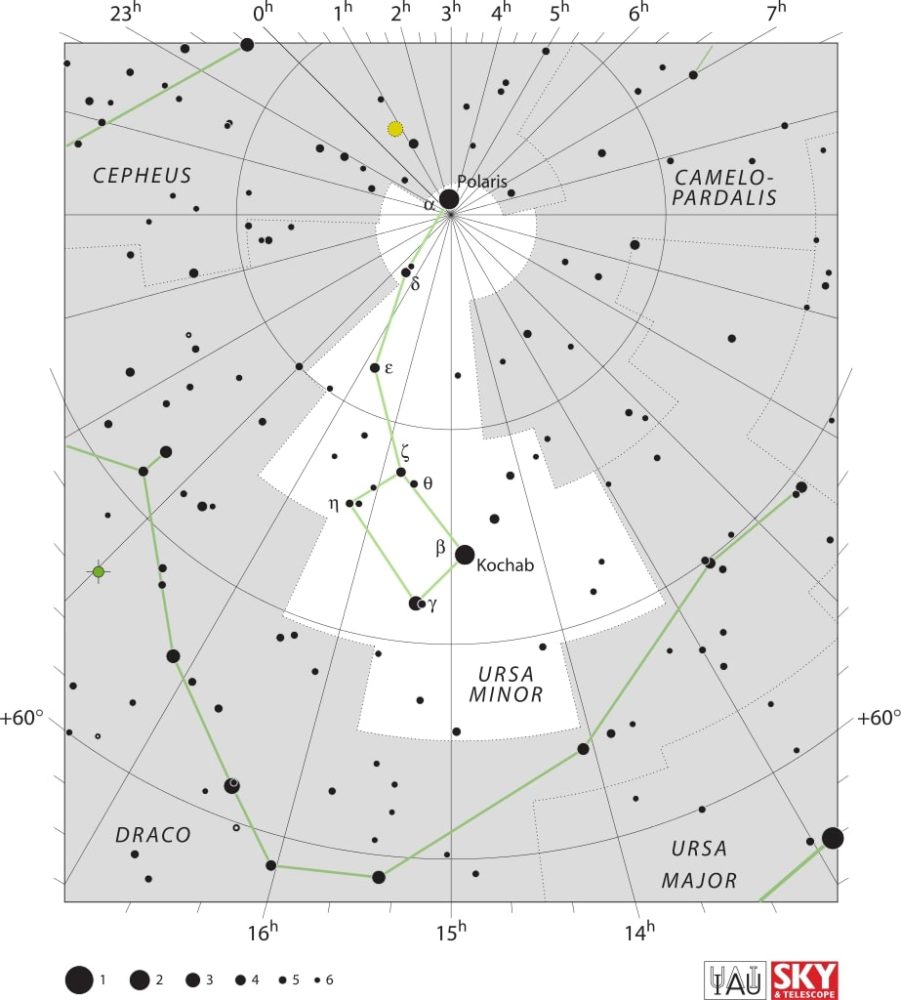
December 24: Close approach of the Moon and the Pleiades
The Moon and the Pleiades (also known as M45 or Messier 45) will make a close approach, passing within only 57.2 arcminutes of each other.
Both objects will be in the constellation of Taurus with the Moon being at apparent magnitude -12.6; and the Pleiades at 1.3. The Moon will be 12 days old and waxing gibbous at 95%.

December 25: Comet 62P/Tsuchinshan at perihelion
The comet 62P/Tsuchinshan will reach perihelion on December 25, meaning it will reach the closest point in its orbit to the Sun at a distance of 1.27 AU. At that time it will be at 0.53 AU from Earth. Despite this, it will have an apparent magnitude of only 10.5, so you’ll need a large telescope to observe this comet. If you have access to such a telescope, look in the constellation of Leo.

December 27: Asteroid 5 Astraea at opposition
Asteroid 5 Astraea will reach opposition, when it lies opposite to the Sun in the sky. It will reach the highest point in the sky around midnight local time.
At that time, Astraea will pass within 1.216 AU of Earth and reach a peak brightness of magnitude 9.4. Unfortunately even at the peak brightness, this asteroid will be too faint to observe with the naked eye. You will need at least a 4 inch telescope or larger, which you should point to the constellation of Orion. (Constellation map already shown above when discussing the Orion Nebula.) Unfortunately the Moon will interfere with observation a bit as it will be only a day after full moon or 15 days old waning gibbous at 97%.

The asteroid Astraea was discovered in 1845 by German astronomer Karl Ludwig Hencke, who named it after Astraea, a Greek goddess of justice.
It is a large and bright asteroid located in the main asteroid belt with a mean diameter of about 107 km. It orbits the Sun at 2.577 AU (semi-major axis) which takes 4.137 years to complete. (Source: NASA JPL Small-Body Database Lookup for 5 Astraea)
December 30: Rosette Nebula at its highest point in the sky
The Rosette Nebula (also known as Caldwell 49 or NGC 2237) is an emission nebula about 5200 light-years away. The nebula will reach its highest point in the sky at around midnight local time. Look in the constellation of Monoceros. (The constellation map has already been show above, while discussing the Monocerotid meteor shower.)
With an apparent magnitude of 4.3, the Rosette Nebula is best observed with at least a pair of standard binoculars or a telescope for more detail. Unfortunately the Moon will be interfering with observation because it will be 18 days old waning gibbous at 80%.
Moon Phases in December 2023
As you know, the Moon has a big impact on the visibility of celestial bodies in the night sky. So here are the Moon’s phases for this month:
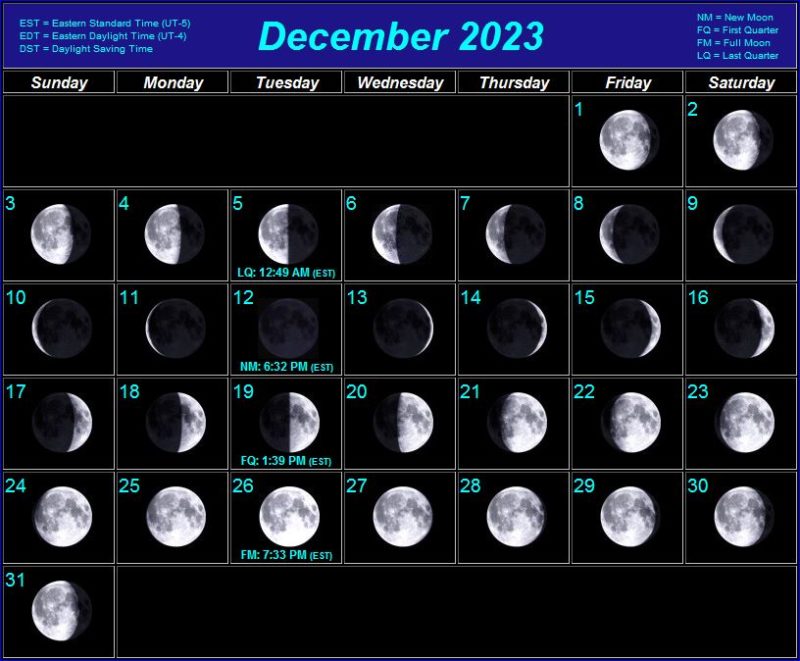
Positions of the Planets in December 2023
Mercury: The closest planet to the Sun can be seen at dawn and dusk travelling across the constellation of Sagittarius. This planet, being the closest to the Sun, will appear to move quickly in the night sky and its position will change in the following weeks.
Venus: The sister planet can be seen travelling across the constellation of Virgo. Just like Mercury, Venus can only be seen at dawn and dusk.
Mars: The red planet can be seen in the constellation of Scorpius.
Jupiter: The gas giant is visible in the constellation of Aries. Jupiter can easily be spotted with the naked eye, even in highly illuminated cities.
Saturn: The ringed giant can be seen with the naked eye in the constellation of Aquarius.
Uranus: The ice giant can be seen in the constellation of Aries with the use of a telescope.
Neptune: The blue giant requires a telescope pointed in the constellation of Aquarius in order to be seen.
Positions of Dwarf Planets and Large Asteroids in December 2023
Ceres: The asteroid belt’s lone dwarf planet can be seen in the constellation of Libra with the help of a telescope.
Vesta: This large asteroid can be seen in the constellation of Orion with a telescope.
Pallas: The asteroid can be observed with a telescope in the constellation of Virgo.
Pluto: This distant dwarf planet can be found in the constellation of Sagittarius with the help of a large telescope.
Major astronomical events next month – January 2024
- January 4 – Quadrantid meteor shower peak.
- January 19 – Asteroid 354 Eleonora at opposition.
- January 20 – γ-Ursae Minorid meteor shower peak.
Conclusion
December 2023’s celestial showcase is a stunning tapestry of meteor showers, planetary alignments, and cosmic phenomena. From the radiant Geminids to the majestic Orion Nebula, each event offers a glimpse into the grandeur of the universe. As the year draws to a close, these celestial displays leave an awe-inspiring mark, reminding us of the vastness and beauty beyond our skies.
Enjoy these celestial wonders and don’t forget to subscribe to our newsletter below to receive our stargazing calendar in your mailbox.
Sources:
- Planetary ephemerides produced by NASA’s Jet Propulsion Laboratory (JPL)
- International Meteor Organization
- NASA JPL Small-Body Database Lookup
See also:
- Previous month’s calendar: Stargazing Calendar for November 2023
- Next month’s calendar: Stargazing Calendar for January 2024
Would you like to receive similar articles by email?



